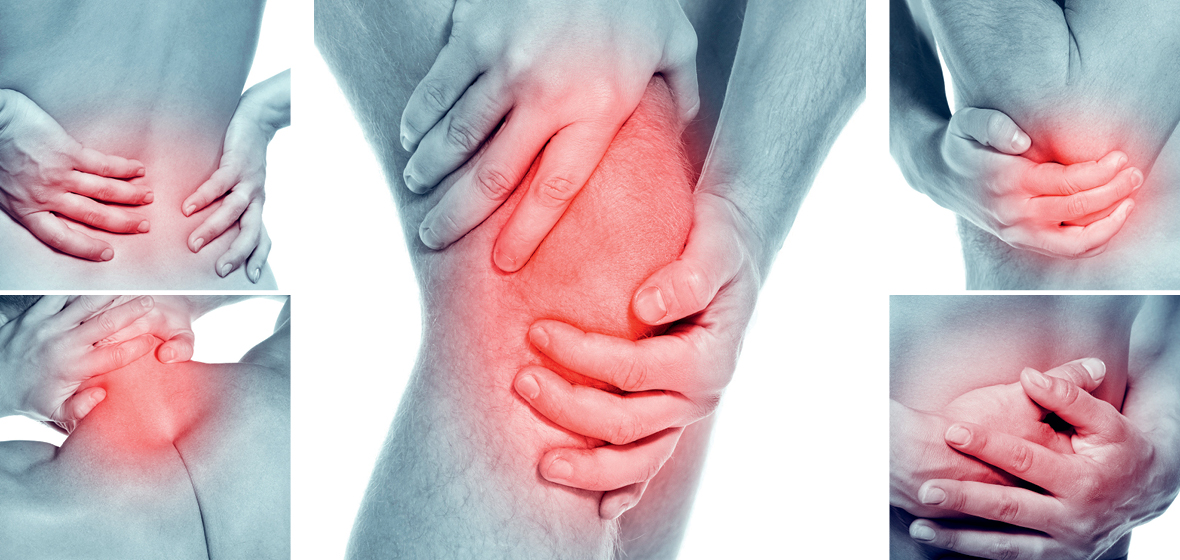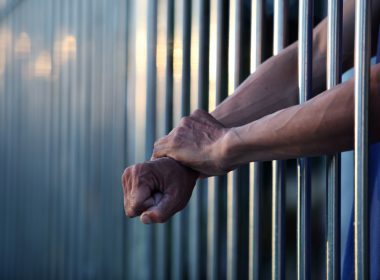Snapshot
- In Perisher Blue Pty Limited v Nair-Smith [2015] NSWCA 90 (9 April 2015), the NSW Court of Appeal considered whether it was necessary to determine the precise source of a plaintiff’s injuries when identifying the relevant risk for the purposes of the Civil Liability Act 2002 (NSW).
- The decision also considers, albeit in obiter, whether the limitations on damages imposed by Part 2 of the CLA are inconsistent with the right to recover damages at common law for breach of warranties implied by s 71 of the Trade Practices Act 1974 (Cth).
- Also under consideration was the effect of the exclusion clauses in light of certain provisions of the Trade Practices Act 1974 (Cth).
In the recent case of Perisher Blue Pty Limited v Nair-Smith [2015] NSWCA 90, the NSW Court of Appeal considered whether it was necessary to determine the precise source of a plaintiff’s injuries when identifying the relevant risk for the purposes of the Civil Liability Act 2002 (NSW) (‘CLA’)
The facts
On 18 July 2003, the plaintiff, Dr Nair-Smith, was injured whilst boarding a triple chairlift with two friends operated by Perisher Blue Pty Ltd (Perisher). All three were wearing skis and correctly positioned and aligned upon arrival at the loading point. As they waited to board the chairlift, they noticed the incoming chair on the opposite side of the bull wheel had its safety bar down. The plaintiff and her companions called out to the operator to attract his attention, upon which the operator raised the safety bar. At some point after the plaintiff first positioned herself correctly at the load line, she moved out of alignment, causing the right armrest of the chair to strike her from behind as the chair came past the load line and into contact with the skiers.
The plaintiff suffered an injury to her pelvis and ongoing pain. The plaintiff sued Perisher in the Supreme Court of NSW for damages in negligence and for breach of contract.
Proceedings at first instance
The learned primary judge, Beech-Jones J, rejected the plaintiff’s primary argument that the lift operator moved the chair out of alignment when he raised the safety bar.
His Honour did, however, find that Perisher breached its duty of care to the plaintiff by failing to take the precaution of having a lift operator near or close to the loading point to observe the state of each chair (and the position of its bar) as it exited the bull wheel.
The failure to take this precaution meant the operator was unable to raise the safety bar in a timely manner and thus avoid the injuries sustained by the plaintiff.
The plaintiff was awarded damages in the sum of $1,368,700 against which Perisher appealed.




